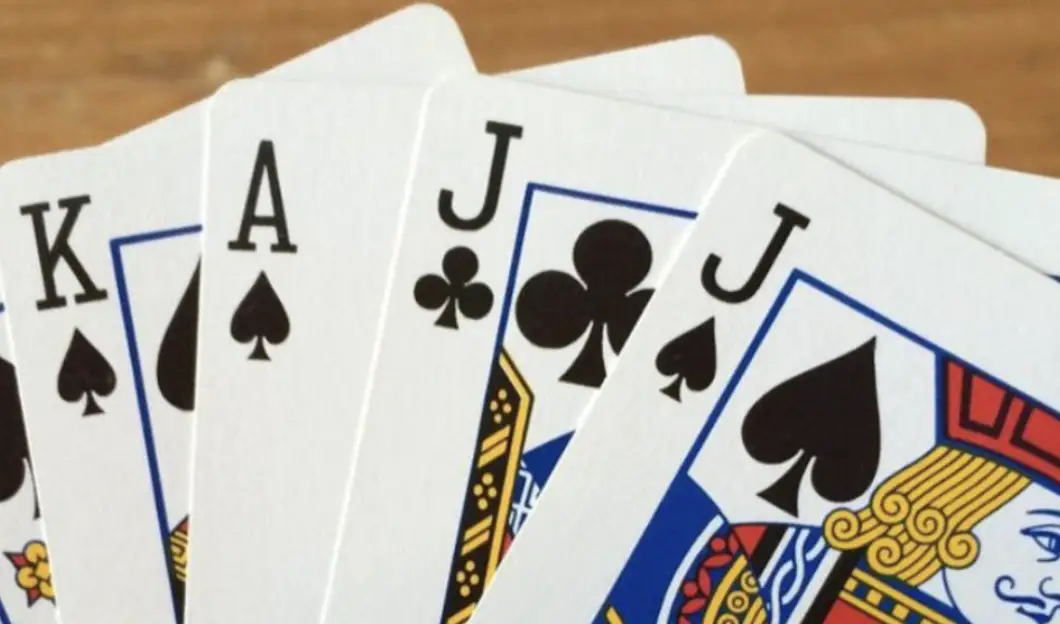Euchre is a beloved and engaging card game that has been enjoyed by generations. While traditionally played with four players, it’s entirely possible to enjoy the thrill and strategic gameplay of euchre with just two participants. In this blog post, we’ll guide you through the rules, setup, and strategies for playing euchre with two players, ensuring that you have a fantastic time whether you’re competing against a friend or looking for a fun solo activity.
Setting the Stage: Euchre Basics
Euchre is played using a standard 24-card deck, consisting of the 9s through Aces of each suit. In the two-player version, players are still divided into teams, but each player takes on the role of two players. The gameplay remains largely unchanged, with a few modifications to accommodate the reduced number of participants.
Setup:
- Deal the Cards: Shuffle the deck thoroughly and deal five cards to each player, one at a time. Place the remaining four cards face down in the center to serve as the “kitty.”
- Call the Trump Suit: Players take turns being the dealer. The non-dealer selects the top card from the kitty and may choose to make that suit the trump suit or pass the decision to the dealer. If both players pass, the non-dealer may choose a different suit or pass again, allowing the dealer to choose.
- Play the Hand: The player who calls the trump becomes the “maker” and plays against the other player, the “defender.” The goal for the maker is to win three or more tricks, while the defender aims to prevent this.
Gameplay:
- Leading and Following: The player to the left of the dealer leads the first trick. Players must follow suit if possible, playing a card of the same suit as the leading card. If unable to follow suit, players can play any card from their hand.
- Winning Tricks: The highest card of the leading suit wins the trick, with the trump suit ranking above all others. The winner of the trick leads the next one.
- Scoring: If the maker wins three or four tricks, they score one point. If they win all five tricks, they score two points. If the defender wins three or more tricks, they score two points.
Strategies for Success:
- Choose Your Trump Wisely: As the maker, carefully consider your options when calling the trump suit. Choose a suit that you have a strong hand in or one that can be utilized strategically to win tricks.
- Count the Cards: Pay attention to the cards that have been played to gauge the likelihood of certain cards remaining in the deck. This information can help you make informed decisions about leading and following suit.
- Mind the Bowers: In euchre, the two highest-ranking cards of the trump suit are called “bowers.” If you hold these cards, use them strategically to secure tricks and potentially capture the opponent’s high-ranking cards.
Conclusion: Dueling with Decks and Delight
Euchre for two players offers all the excitement, strategy, and camaraderie of the traditional game while accommodating a smaller group. Whether you’re looking for a friendly competition or a challenging solo experience, euchre provides hours of enjoyable gameplay and a chance to sharpen your card-playing skills.
So, gather your deck, find a worthy opponent (or challenge yourself), and embark on a journey of trump suits, tricks, and strategic triumphs. Euchre with two players is not just a game—it’s a delightful duel of wits and cards that promises endless entertainment and memorable moments.

These directions don’t make any sense. “Shuffle the deck thoroughly and deal five cards to each player, one at a time. Place the remaining four cards face down in the center to serve as the “kitty.”” If each player (2 players) gets 5 cards, that would leave 14 cards leftover, not 4. Did I miss something?
I didn’t understand that either. There are only 2 players. There should be 14 cards left.